By Kat Despain, Research Assistant to Nathalie Cooke, Professor and Associate Dean, Archives & Rare Collections, McGill University Library
Do you like puzzles? Do you like food history? Do you want to win $25 at the McGill bookstore? Take up our riddling challenge, and see if you can solve table setting riddles!
These table setting riddles play off the traditional notion of a table setting and turn descriptions of each dish into a riddle.
You can find an image of the “first course” riddles from this collection and their associated transcriptions below.
There is a “second course” of table setting riddles as well (below).
A Barren waste and a Sportman’s Delight
Russian apples sour
A Beau
The first temptation & a slight gust of wind
What Idle people do
A Pudding made of a Dutch Prince
Roasted Furrows
Satan
Help us unlock the answers! Add your suggestions to the comments field or email info.library@mcgill.ca. Deadline for submission is Monday, August 7. Look out for the answers in an upcoming blog post.
Where did we find the table setting riddles? McGill has recently acquired what the vendor described as “a collection of 12 manuscript recipe books containing over 1300 culinary and medical manuscript recipes, plus a box of 200 further loose recipes also mainly manuscript, most from the Doncaster area of South Yorkshire, centred on Hooton Pagnell Hall, ca. 1790-1840.”
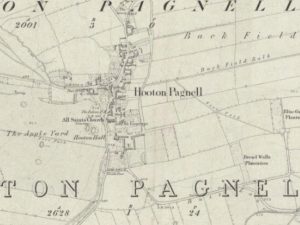
Hooton Pagnell Hall map from 1842.
Courtesy of:
“Yorkshire 276 (Includes: Adwick Le Street; Brodsworth; Marr.).” In Ordnance Survey Six-inch England and Wales, 1842-1952. National Library of Scotland, 1854.
One of the books written by Eliza Smithson provides an unusual mixture of medicinal receipts, poems, and most surprisingly, a large variety of riddles seemingly written in 1805 and 1834. Solutions to some of the 1834 riddles are given, written in a different hand.
Among these riddles are enigmas, charades and transpositions. Enigmas are “true riddles” where there is a question that needs to be answered. For example:
Why is a spectator like a bee hive? (because he is a beholder).
Charades are three-part riddles that play on syllables. The answer to the first line of a charade will be a noun, and the answer to the second line of a charade will also be a noun. The answer to the third line is the whole riddle, or a noun made up of the two previous answers. [1] For example (from Jane Austen’s Emma):
My first doth affliction denote, (wo)
Which my second is destin’d to feel; (man)
And my whole is the best antidote (woman)
Follow @McGillLib and @CookeNathalie on Twitter for more riddles to come.
[1] Wiljalba Frikell and Collection Harry Houdini, Book of Riddles and Five Hundred Home Amusements: Containing a Choice and Curious Collection of Riddles, Charades, Enigmas, Rebuses, Anagrams, Transpositions, Conundrums, Amusing Puzzles, Queer Sleights, Recreations in Arithmetic, Fireside Games, and Natural Magic, Embracing Entertaining Amusements in Magnetism, Chemistry, Second Sight, and Simple Recreations in Science for Family and Social Pastime (New York: Dick & Fitzgerald, 1863).
Works Cited
Frikell, Wiljalba, and Collection Harry Houdini. Book of Riddles and Five Hundred Home Amusements: Containing a Choice and Curious Collection of Riddles, Charades, Enigmas, Rebuses, Anagrams, Transpositions, Conundrums, Amusing Puzzles, Queer Sleights, Recreations in Arithmetic, Fireside Games, and Natural Magic, Embracing Entertaining Amusements in Magnetism, Chemistry, Second Sight, and Simple Recreations in Science for Family and Social Pastime. New York: Dick & Fitzgerald, 1863.
Wikimedia Commons contributors, “File:Doncaster in England (special marker).svg,” Wikimedia Commons, the free media repository, https://commons.wikimedia.org/w/index.php?title=File:Doncaster_in_England_(special_marker).svg&oldid=133200518
“Yorkshire 276 (Includes: Adwick Le Street; Brodsworth; Marr.).” In Ordnance Survey Six-inch England and Wales, 1842-1952. National Library of Scotland, 1854.




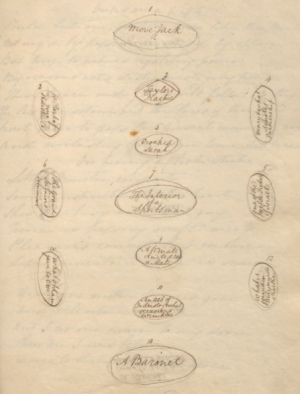
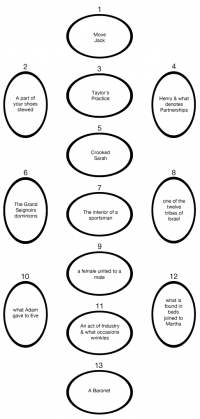
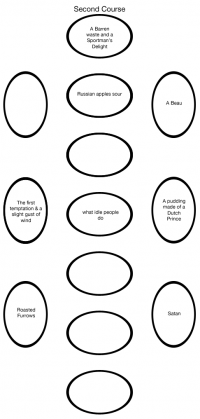
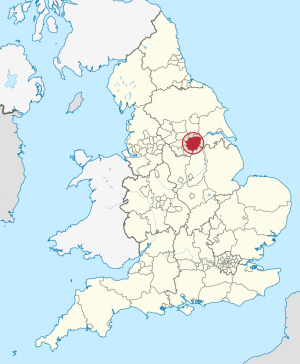
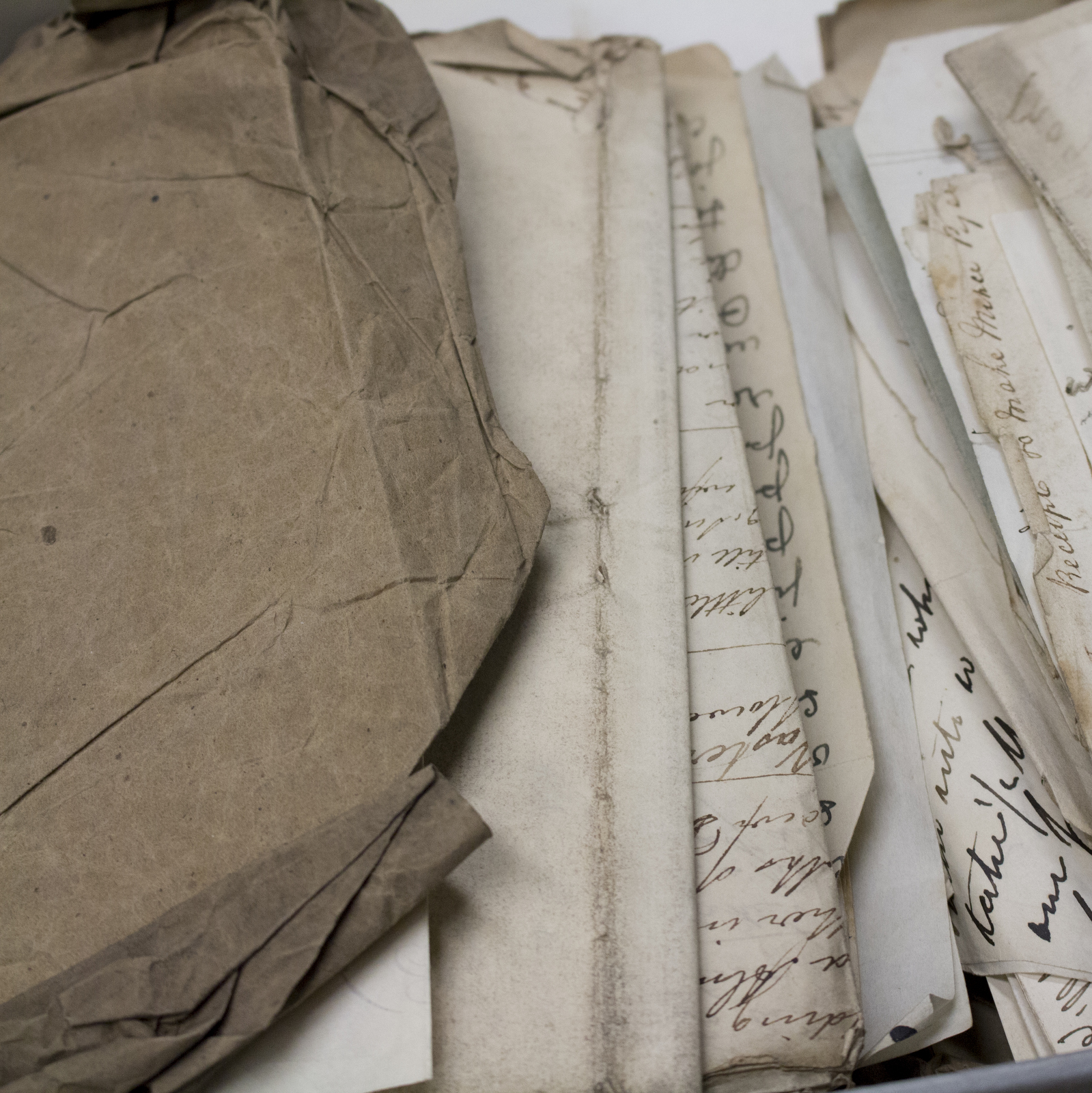
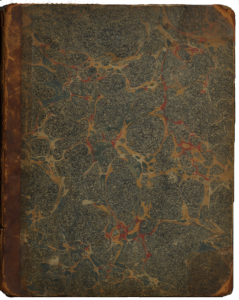










Leave a Reply
You must be logged in to post a comment.